
BY ROBIN GHOSH,
ECONOMIST AND BUSINESS MENTOR
KOLKATA, 30 NOVEMBER 2024:
Have you heard about ” Smile Curve”?
Probably Yes or Probably not.
I would explain – in a short while – What is a Smile Curve?
But before I do that, I would like you to read the following:
1 Let us watch Apple Inc. The market capitalisation of Apple is around $3 trillion.
While Foxcom, Apple’s contract manufacturer, has a market capitalisation of $ 85 billion.
2 Observe companies like Samsung from Korea, Huawei from China and HTC from Taiwan – all of them have transformed themselves from small contract manufacturers to global brands.
3 Similarly, look at brands like Nike, Adidas, H&M and Gaps. Doing worldwide business. Outsourcing their manufacturing. Capturing value by excelling in design, branding and distribution.
LESSON FOR US
Now, what is the lesson for us and how is this lesson important for revitalizing West Bengal’s economy?
Let us pause for a while and watch the West Bengal economic scenario. A sluggish economy, stagnant manufacturing sector, young people coming into the workforce every year A social disaster – a dark cloud in the horizon .

DOLE AND BENEFICIARY ECONOMY:
On top of this, the vote bank and power politics have introduced a scheme of doles, subsidies and easy money schemes.
Killing entrepreneurship and a willingness to fight and face the challenge.
SO WHERE DO WE GO FROM HERE?
1 .We must change our focus.
2 .Shift our priorities.
3 .Shift our emphasis from the service industry to manufacturing.
Once volumes are achieved, we migrate upstream – R&D and Design.
And downstream to branding, distribution and servicing.
Continuous value addition down the line.
Essentially, you have to change the needle of your compass.
Move from dole economy to aspirational economy.
WHAT IS ASPIRATIONAL ECONOMY?
Aspirational economy is nothing but a product based economy.
When you are turning from dole or cash- beneficiary economy to product based economy, a chain of benefits occur.
1 Triggers sustainable economic growth
2 Creates job opportunities
3 Reduces over dependency on services
4 Creates a culture of R&D and innovation
5 Creates new product designs to cater customers in India and the world market.
6 Promotes Entrepreneurship and Startup culture.
SMILE CURVE:
Now having the background in place – I shall venture to describe and explain the Smile Curve.
If you look at the Smile Curve, you will find on the Y axis indicating value added and on the X axis indicating production chain or what we can describe as stages of production.
The simple message that this curve indicates is: two ends of the value chain command higher value added to the product than the middle path of the value chain.
The middle path is manufacturing – the making of hardware.
WHO INVENTED THE SMILE CURVE
1 Who invented this Smile Curve? This concept was proposed by Stan Shih in the early 1990s.
2 Shih was a contract manufacturer of computers for brands like IBM and Compaq.
3 What Shih discovered was that IBM or Compaq were making more money, more profits, and had more brand value than Acer – his manufacturing company.
4 Sooner Shih realized this truth – focus was shifted. Investments were made towards research, branding and distribution .What a transformation!! And , Acer is one of the top ranking computer brands worldwide.
What we are talking about is power of software over power of hardware. But the power of software is dependent on manufacturing products.
To acquire the power of software you need a string of manufacturing companies.
At this point, I would venture to say — that setting up of manufacturing units across West Bengal will not be sufficient. They have to be product companies.
When we say ” product companies,” we are not talking about manufacturing or engineering companies.
It is beyond that.
It is a composite concept.
WHAT IS THIS COMPOSITE CONCEPT?
It is a knowledge bucket. It is a product mindset. It is a deeper understanding of the category : packaging, creating the right price point, identifying the right distribution model, advance design thinking – what customers might want and so on. Invariably, what is required is a change in the mindset – from dole and beneficiary economy to aspirational economy. An inward economy to outward economy. From a manufacturing state to a product state. From local arena to global arena.
For West Bengal, the economic think tank of the Government has to choose between short term populist economic model or long term sustainable growth model. It is a problem of choice.
A SUSTAINABLE GROWTH MODEL FOR WEST BENGAL:
I have devised a one page growth model for West Bengal.The dynamics of this model are
1 It is a sustainable
2 It is product based
3 Built- in scope for value addition.
4 Scope for building a global brand.
5 Generates job in R&D, Branding and Design
6 Generates jobs in Distribution, Marketing and Sales.
ACTION PLAN:
1 Identify projects covered under PLI Scheme
2 Identify location/ District/ Parks where projects can be set up.
3 Grant 40% of Project cost as incentive.
4 Setting up a Special administrative unit to audit, monitor and provide upstream and downstream services.

Advertisement:



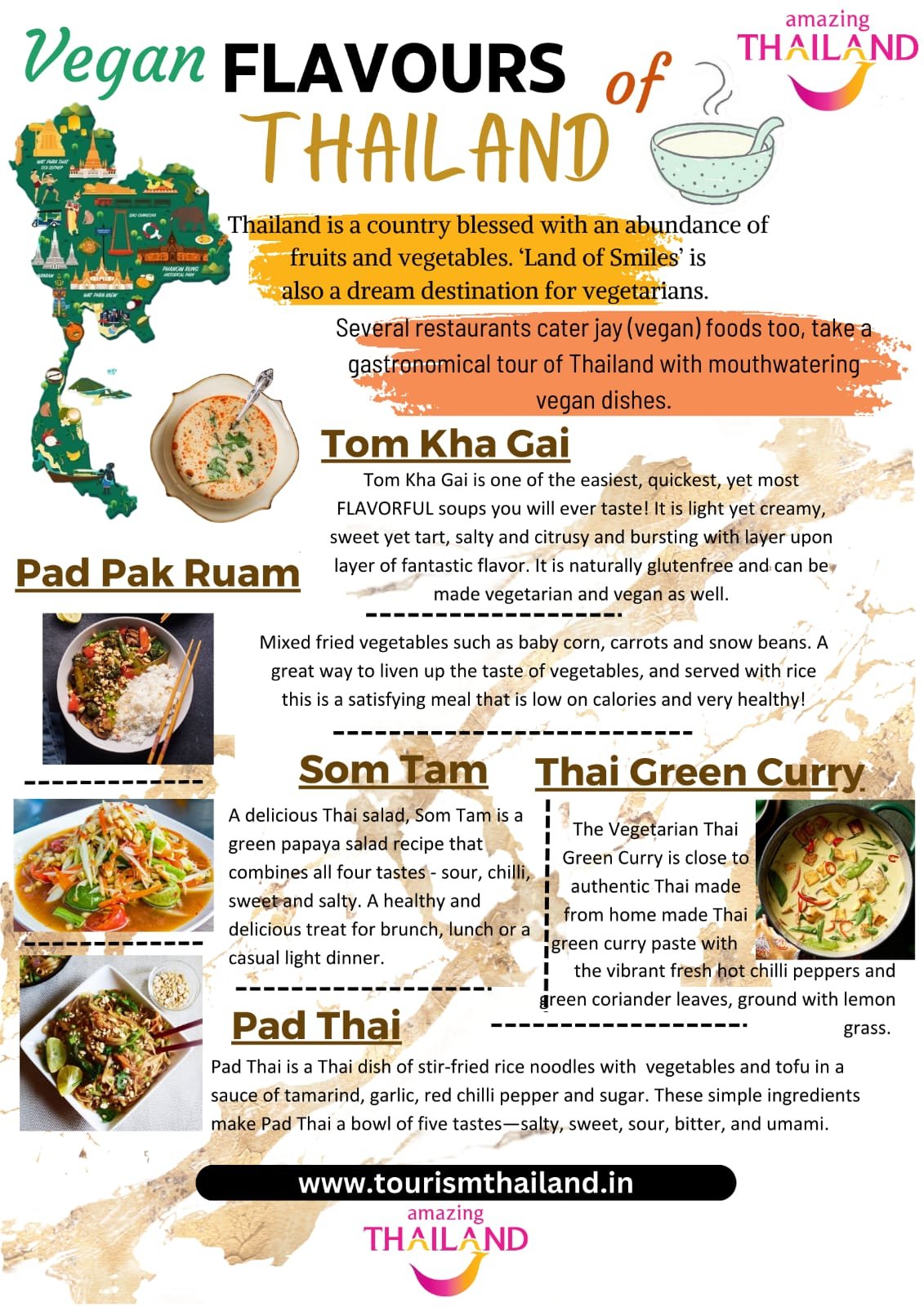
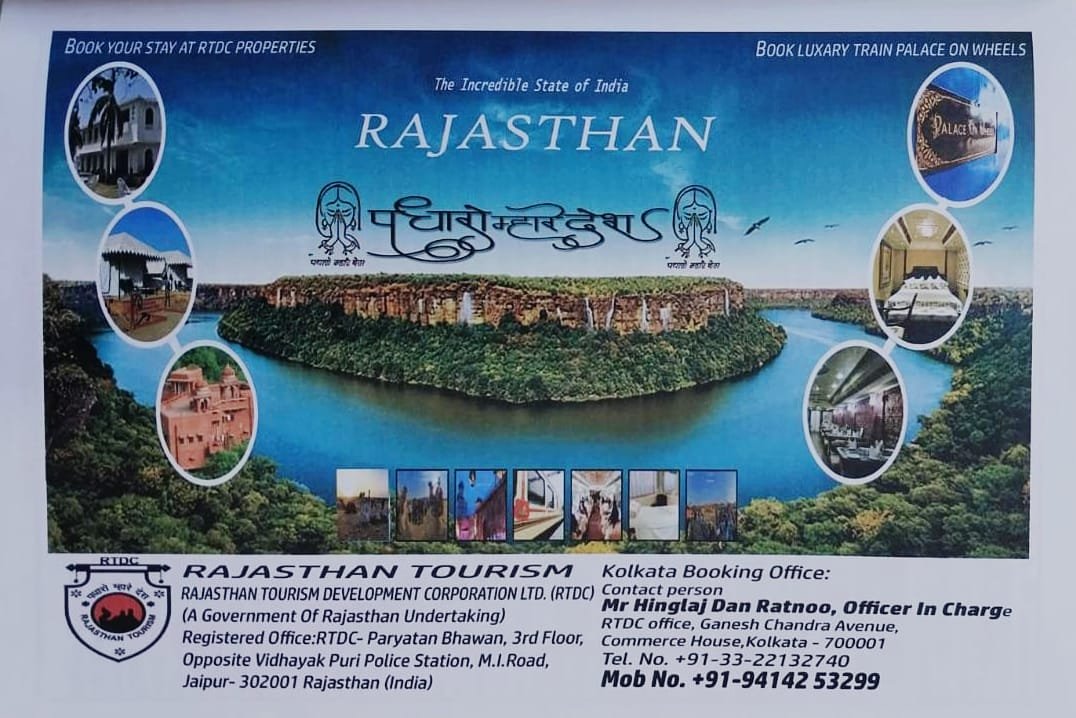

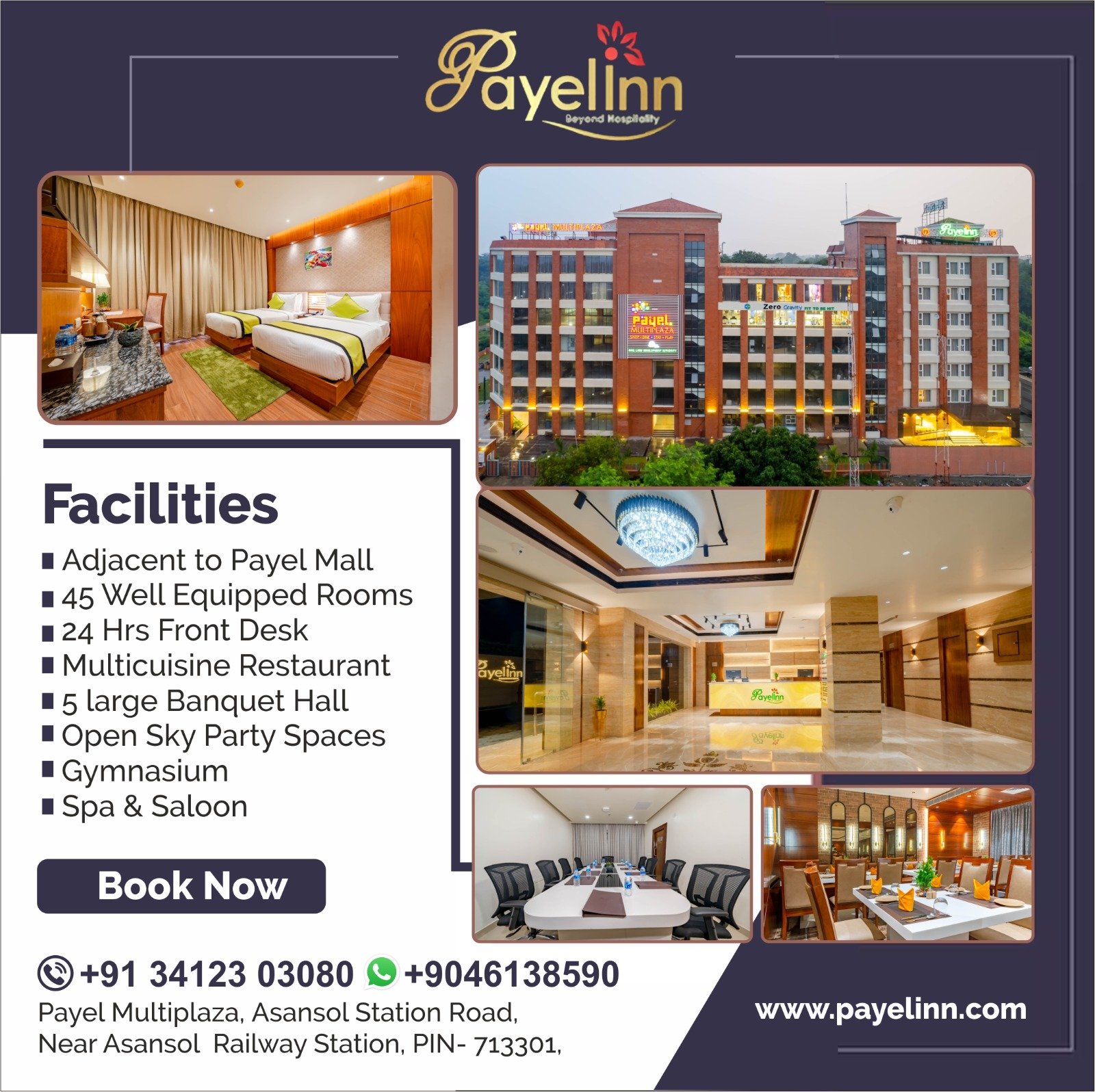






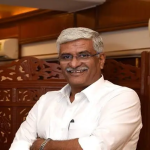





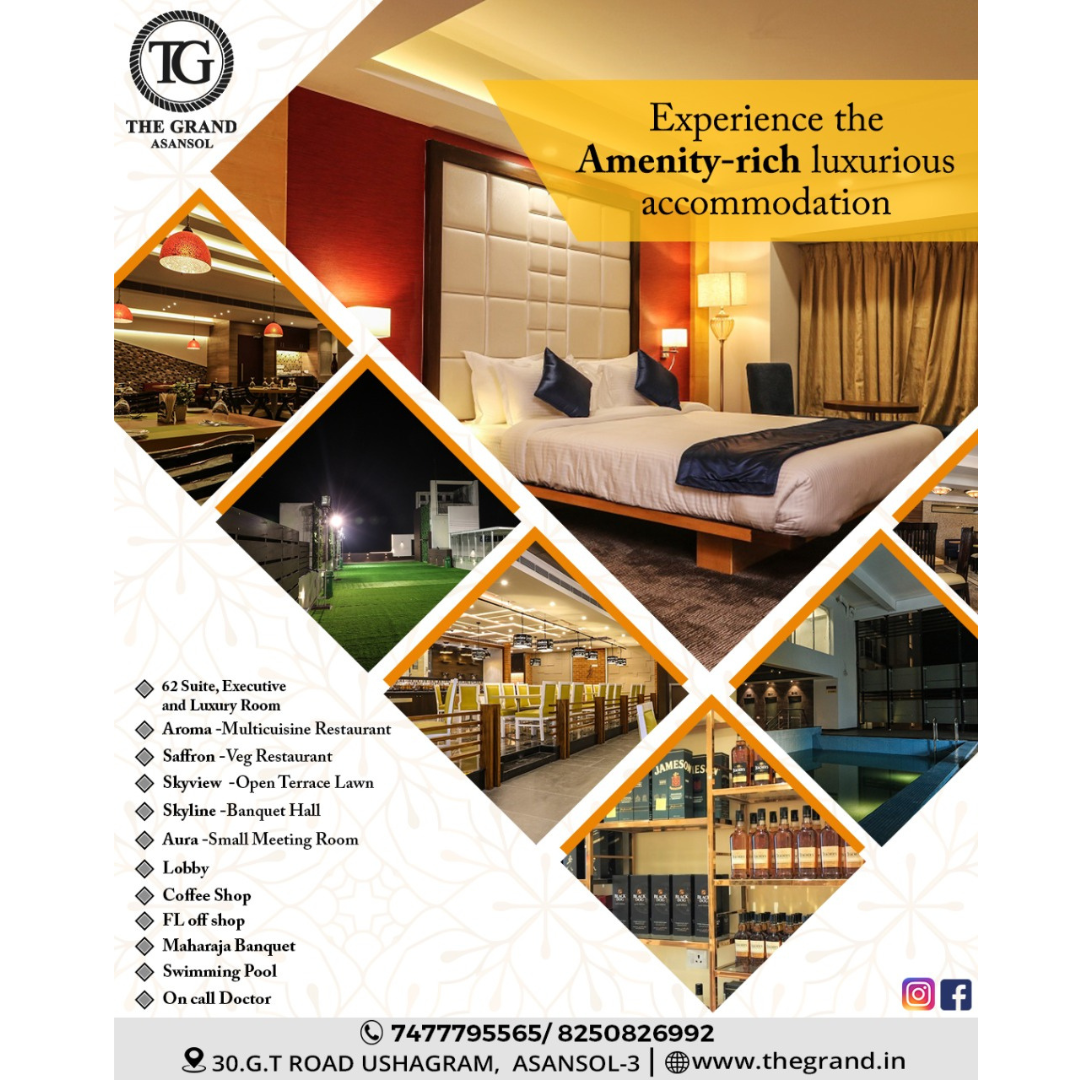

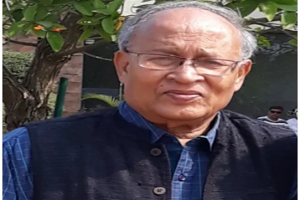






Add Comment